Home>Garden Essentials>What Is The Infill Material Used In Artificial Turf Fields?
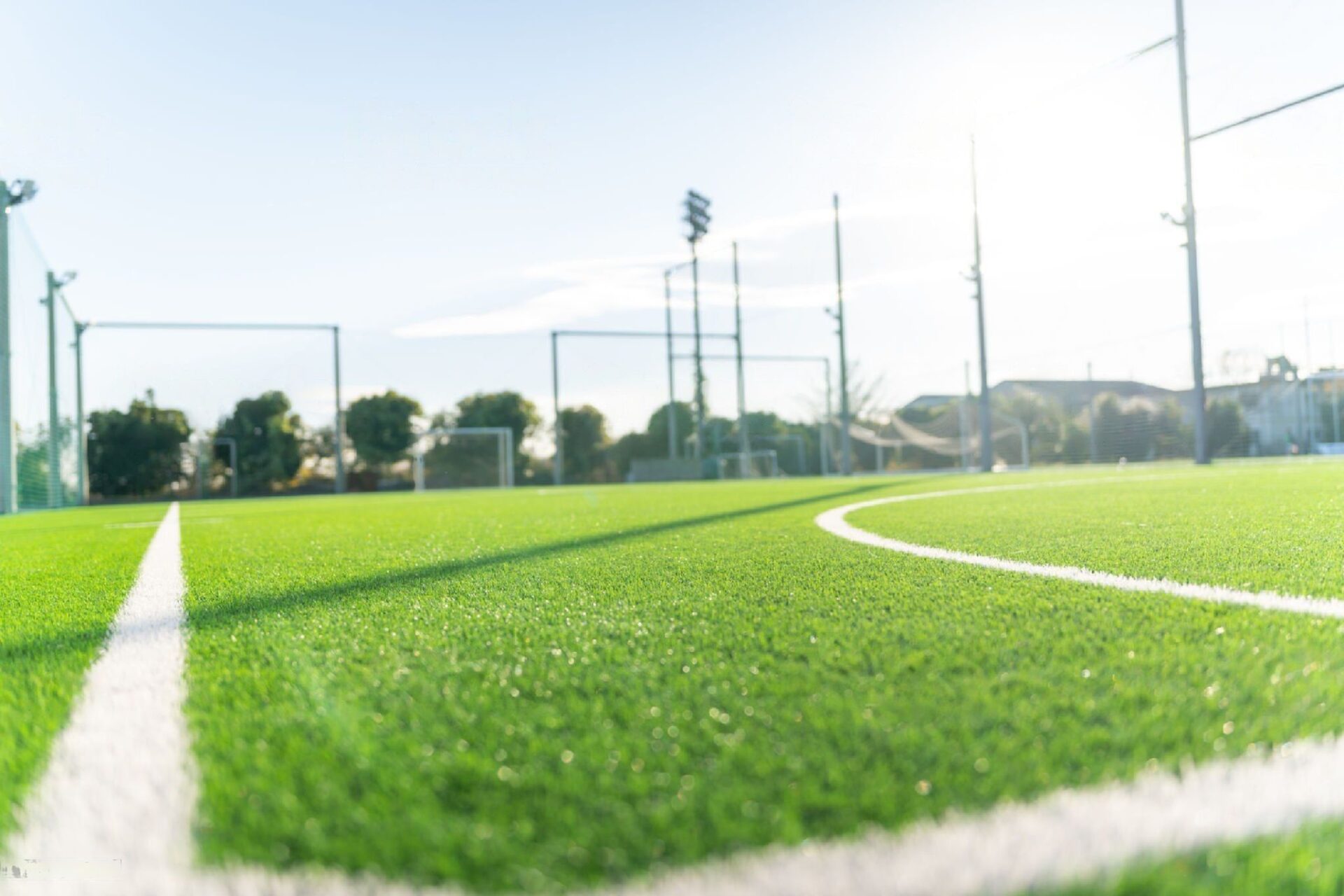

Garden Essentials
What Is The Infill Material Used In Artificial Turf Fields?
Modified: March 7, 2024
Discover the ideal garden infill material used in artificial turf fields. Enhance your landscape with the perfect solution for a beautiful, low-maintenance garden.
(Many of the links in this article redirect to a specific reviewed product. Your purchase of these products through affiliate links helps to generate commission for Storables.com, at no extra cost. Learn more)
Introduction
When it comes to artificial turf fields, one crucial component that often goes unnoticed is the infill material. Infill plays a critical role in maintaining the performance and durability of the artificial turf, providing cushioning, stability, and preventing the blades from matting down over time.
There are several types of infill materials available in the market, each offering unique characteristics and benefits. Understanding the different infill options can help you make an informed decision when it comes to choosing the most suitable material for your artificial turf field.
In this article, we will explore the various types of infill materials commonly used in artificial turf fields, including rubber infill, sand infill, and organic infill. We will also discuss the pros and cons of each infill material and address any environmental and safety concerns associated with their use.
So, let’s dive into the world of infill materials and discover the secrets behind maintaining a high-performing and long-lasting artificial turf field.
Key Takeaways:
- Choose the Right Infill for a Safe and Fun Game
Select rubber infill for high-impact sports, sand infill for ball control, or organic infill for eco-friendly benefits. Consider player safety, climate, and maintenance for the best choice. - Keep Players Safe and Turf Eco-Friendly
Ensure infill materials are free from harmful substances, address heat retention, and maintain playability and hygiene. Consult turf professionals for the safest and most suitable options.
Types of Infill Materials
When selecting an infill material for your artificial turf field, it is essential to consider factors such as player safety, performance, and maintenance requirements. Here are the three primary types of infill materials commonly used:
- Rubber Infill:
- Sand Infill:
- Organic Infill:
One of the most popular choices for infill material is rubber. Rubber infill is typically made from recycled rubber tires and provides excellent shock absorption, durability, and stability. It helps cushion the impact on players’ joints, reducing the risk of injuries.
Sand infill is another widely used option for artificial turf fields. It consists of fine grains of sand that are evenly distributed throughout the turf. Sand infill provides stability and helps the artificial turf fibers stand upright. This type of infill is particularly beneficial for sports fields that require a high level of traction and ball control, such as soccer and field hockey.
In recent years, there has been an increasing interest in organic infill materials. These infills are made from natural substances such as cork, coconut husks, or rice husks. Organic infill offers an environmentally friendly alternative, providing cushioning and heat reduction properties. It also retains moisture well, keeping the turf cool during hot weather.
It’s important to note that the selection of infill material should be based on the specific requirements of your artificial turf field. Factors such as the type of sport played, the level of play, and the climate in your region should all be taken into consideration.
Now that we have explored the different types of infill materials, let’s delve deeper into the specific characteristics and benefits of each type.
Rubber Infill
Rubber infill is one of the most widely used materials for artificial turf fields. It is composed of granules made from recycled rubber tires, making it an environmentally-friendly choice. Rubber infill offers several advantages that contribute to the performance and safety of the turf field.
One of the key benefits of rubber infill is its excellent shock absorption properties. The rubber granules act as a cushion, absorbing impact and reducing the risk of injuries to players. This makes it particularly suitable for sports fields where players engage in high-impact activities, such as football or rugby.
Another advantage of rubber infill is its durability. Rubber is a resilient material and can withstand heavy usage and constant foot traffic. It helps to maintain the integrity of the artificial turf fibers, preventing them from matting down over time. This durability ensures that the field maintains its playability and aesthetics for an extended period.
In addition, rubber infill provides good stability and traction on the field. The rubber granules interlock with the artificial turf fibers, creating a stable surface that allows players to make quick movements and changes in direction. This enhances player performance and reduces the chances of slips and falls.
One consideration with rubber infill is its potential to retain heat. In hot climates, a rubber-filled turf field can become significantly hotter than natural grass. However, advancements have been made in infill technology to address heat concerns, such as incorporating reflective properties or using lighter-colored rubber granules.
It is important to note that the quality of rubber infill can vary. It is crucial to source rubber infill from reputable suppliers who follow proper manufacturing and recycling processes. This ensures that the infill is free from any harmful substances and meets safety standards.
Overall, rubber infill offers a reliable and durable option for artificial turf fields. Its shock absorption, stability, and traction properties make it suitable for a wide range of sports. When properly installed and maintained, rubber infill can contribute to a safe and high-performing playing surface for athletes of all levels.
Sand Infill
Sand infill is another popular choice for infilling artificial turf fields. It consists of fine grains of sand that are evenly distributed throughout the turf, providing various benefits and enhancing the performance of the field.
One of the main advantages of sand infill is its ability to provide stability to the artificial turf fibers. The sand particles interlock with each other, creating a firm and stable surface. This allows players to have better traction and control over the ball, making it ideal for sports such as soccer and field hockey where precise ball movements are crucial.
In addition to stability, sand infill also helps to keep the artificial turf fibers upright. The weight of the sand helps to prevent the blades from matting down, ensuring that the field maintains its uniform appearance and playability over time. Regular brushing or sweeping is necessary to redistribute the sand and keep the turf fibers standing tall.
Another advantage of sand infill is its cooling effect. Sand has a natural ability to absorb and dissipate heat, which helps to reduce the surface temperature of the turf field. This is particularly beneficial in hot climates, as it provides a more comfortable playing experience for athletes and minimizes the risk of heat-related injuries.
However, it’s important to note that sand infill does not provide the same level of cushioning as other infill materials, such as rubber. If player safety is a top priority, additional shock-absorbing padding may need to be incorporated into the turf system.
When choosing sand infill for your artificial turf field, it’s essential to consider the quality and type of sand used. The sand should be clean, washed, and free from any impurities or debris. It is recommended to consult with turf professionals who can advise on the most suitable sand specifications for your specific needs.
Overall, sand infill offers stability, traction, and cooling properties to artificial turf fields. It is a popular choice for sports that require ball control and precision. When properly installed and maintained, sand infill can contribute to a high-performing and visually appealing playing surface for athletes.
Organic Infill
Organic infill has gained popularity in recent years as an environmentally-friendly alternative to traditional infill materials. Made from natural substances such as cork, coconut husks, or rice husks, organic infill offers distinct benefits for artificial turf fields.
One of the key advantages of organic infill is its excellent cushioning properties. The natural materials used in organic infill provide a soft and springy surface, reducing the risk of injuries during play. This makes it particularly suitable for sports that involve frequent impact, such as football or rugby.
In addition to cushioning, organic infill also offers heat reduction benefits. Natural materials have the ability to stay cool, even in hot weather. This helps to regulate the surface temperature of the turf field, providing a more comfortable playing experience for athletes. Furthermore, organic infill retains moisture well, which contributes to the cooling effect and minimizes the risk of heat-related injuries.
Another advantage of organic infill is its eco-friendly nature. These infill materials are usually sourced from renewable resources and are biodegradable. This reduces the carbon footprint associated with the installation and maintenance of artificial turf fields. Organic infill also eliminates the use of synthetic materials, providing a natural playing surface that aligns with sustainable practices.
However, it is important to note that organic infill may require more frequent maintenance compared to other infill materials. Depending on the climate and level of use, organic infill may break down over time and need to be replenished. Regular grooming and monitoring of the field are necessary to ensure the performance and longevity of the turf.
When considering organic infill for your artificial turf field, it is crucial to select a reputable supplier that offers high-quality materials. The organic infill should be free from any toxins or chemicals that could potentially harm players or the environment. Consulting with turf experts can help you determine the most suitable organic infill options based on your specific requirements.
In summary, organic infill provides cushioning, heat reduction, and environmental benefits to artificial turf fields. Its natural properties make it a desirable option for those seeking a sustainable and player-friendly playing surface. With proper maintenance, organic infill can contribute to a safe and eco-conscious turf field for athletes to enjoy.
Read more: What Is Zeolite Turf Infill
Pros and Cons of Different Infill Materials
When choosing an infill material for your artificial turf field, it’s important to consider the advantages and disadvantages of each option. Here, we will discuss the pros and cons of the three main infill materials: rubber, sand, and organic infill.
Rubber Infill
Pros:
- Excellent shock absorption, reducing the risk of injuries.
- Durable and maintains the integrity of the artificial turf fibers.
- Provides stability and good traction on the field.
Cons:
- Potential to retain heat, making the surface hotter in warm climates.
- Quality can vary, so it’s important to source from reputable suppliers.
Sand Infill
Pros:
- Provides stability and helps keep the artificial turf fibers upright.
- Enhances traction and ball control, making it suitable for certain sports.
- Natural cooling properties help reduce surface temperature.
Cons:
- Does not provide the same level of cushioning as rubber infill.
- May require additional maintenance to redistribute and groom the sand.
Organic Infill
Pros:
- Offers cushioning and reduces the risk of injuries.
- Natural materials provide heat reduction and moisture retention properties.
- Eco-friendly option with renewable and biodegradable components.
Cons:
- May require more frequent maintenance and replenishment.
- Availability and quality may vary depending on the supplier.
It’s important to consider the specific needs and requirements of your artificial turf field when evaluating the pros and cons of each infill material. Factors such as the type of sport played, climate conditions, and player safety preferences should all be taken into account.
Consulting with experts in the turf industry can provide valuable insights and guidance to help you make the best choice for your artificial turf field.
Read more: What Does An Astro Turf Football Field Cost
Environmental and Safety Concerns
When it comes to artificial turf fields and their infill materials, there are certain environmental and safety concerns that need to be addressed. Understanding these concerns and taking appropriate measures can help ensure the well-being of both players and the environment.
Environmental Concerns
One of the primary environmental concerns associated with infill materials is their potential impact on water systems. Certain types of infill, such as rubber, can contain chemicals or heavy metals that may leach into the ground and potentially contaminate groundwater or nearby bodies of water. To mitigate this, it is important to use infill materials that are certified safe and free from harmful substances.
Additionally, the disposal of worn-out or replaced infill can pose challenges. Rubber infill, in particular, can be difficult to recycle or repurpose. Proper disposal methods, such as recycling through specialized facilities, should be followed to prevent environmental contamination.
Organic infill options can be more environmentally friendly as they are typically sourced from renewable resources and are biodegradable. However, the sustainability practices and certifications of the specific organic infill should be considered when selecting the material.
Safety Concerns
Safety is a paramount concern when it comes to artificial turf fields and their infill materials. Some of the key safety concerns to consider include:
- Heat Retention: Artificial turf fields, especially those with darker infill materials like rubber, can retain heat, leading to higher surface temperatures. This can increase the risk of heat-related injuries, such as burns or heat exhaustion. To mitigate this, measures like incorporating lighter-colored infill or selecting organic infill with natural cooling properties can help reduce heat retention.
- Playability and Cushioning: The choice of infill material can impact the playability and cushioning of the turf field. It is essential to select infill materials that provide adequate shock absorption and cushioning to reduce the risk of impact-related injuries. Regular monitoring and maintenance of the infill are also necessary to ensure optimal performance.
- Hygiene and Maintenance: Artificial turf fields require regular maintenance to prevent the accumulation of dust, dirt, and potential allergens. Proper cleaning procedures and regular grooming of the infill are crucial to maintaining a safe and hygienic playing surface.
It’s important to consult with reputable turf professionals who can provide guidance on the safest and most suitable infill options based on your specific needs and concerns.
By addressing environmental and safety concerns, and following best practices in the installation and maintenance of artificial turf fields, you can create a safer playing environment while minimizing the impact on the environment.
When researching the infill material used in artificial turf fields, consider the environmental impact, performance, and safety aspects of options like crumb rubber, sand, and organic infills. Look for studies and expert opinions to make an informed decision.
Conclusion
Selecting the right infill material for your artificial turf field is crucial for ensuring optimal performance, safety, and environmental responsibility. Each type of infill material has its own advantages and considerations, so it’s important to evaluate your specific needs before making a decision.
Rubber infill offers excellent shock absorption, durability, and stability, making it suitable for high-impact sports. However, heat retention can be a concern in warmer climates, and sourcing high-quality rubber infill is essential.
Sand infill provides stability, traction, and cooling properties, making it an ideal choice for sports that require ball control. While it may require additional maintenance and does not offer as much cushioning, it remains a popular option for many turf fields.
Organic infill offers cushioning, heat reduction, and eco-friendly benefits. It is a sustainable alternative that appeals to those seeking natural materials and lower environmental impact. However, regular maintenance and monitoring are necessary to ensure its longevity.
Considerations related to environmental and safety concerns should not be overlooked. Proper disposal and recycling methods for infill materials, as well as addressing heat retention and maintaining playability and hygiene, are necessary to create a safe and sustainable playing environment.
In conclusion, the selection of infill material for artificial turf fields should be based on a thorough evaluation of factors such as player safety, performance requirements, environmental impact, and maintenance considerations. Consulting with knowledgeable professionals in the turf industry can provide valuable insights to help you make an informed decision.
By choosing the right infill material and implementing appropriate maintenance practices, you can create an artificial turf field that offers a high-quality playing surface while prioritizing safety and environmental responsibility.
Frequently Asked Questions about What Is The Infill Material Used In Artificial Turf Fields?
Was this page helpful?
At Storables.com, we guarantee accurate and reliable information. Our content, validated by Expert Board Contributors, is crafted following stringent Editorial Policies. We're committed to providing you with well-researched, expert-backed insights for all your informational needs.
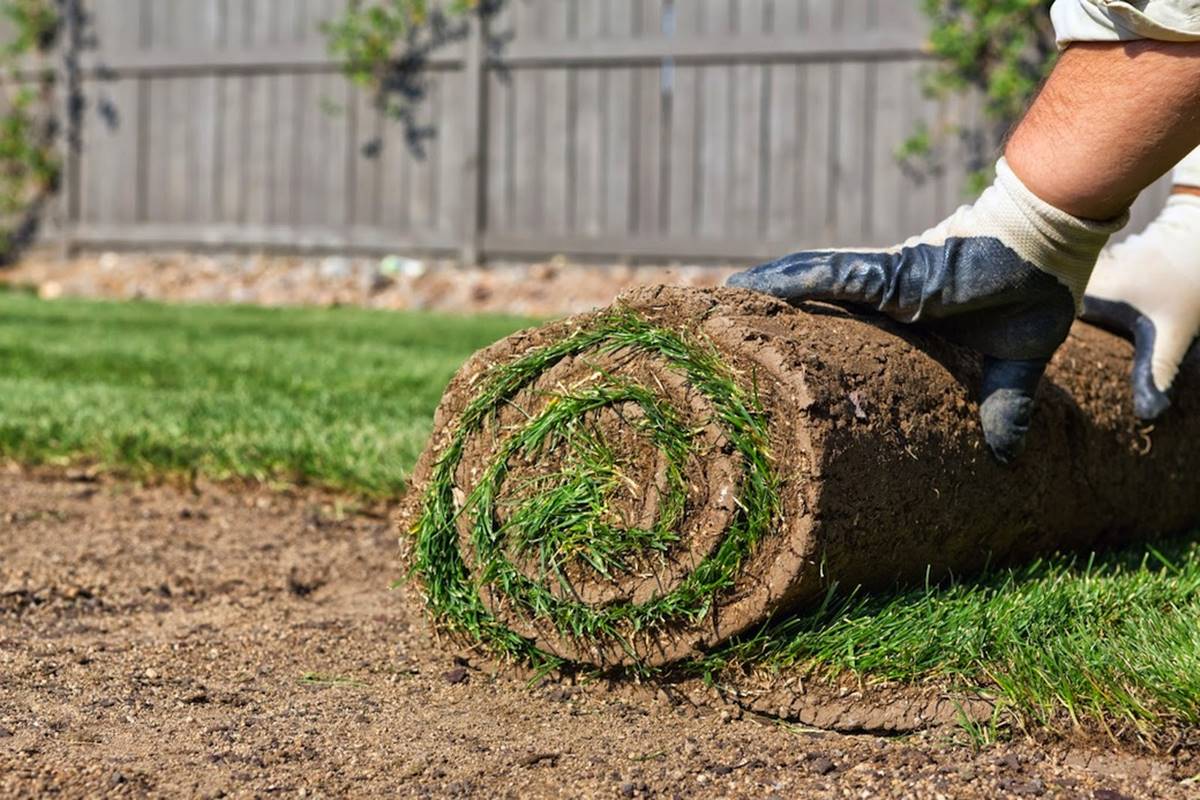
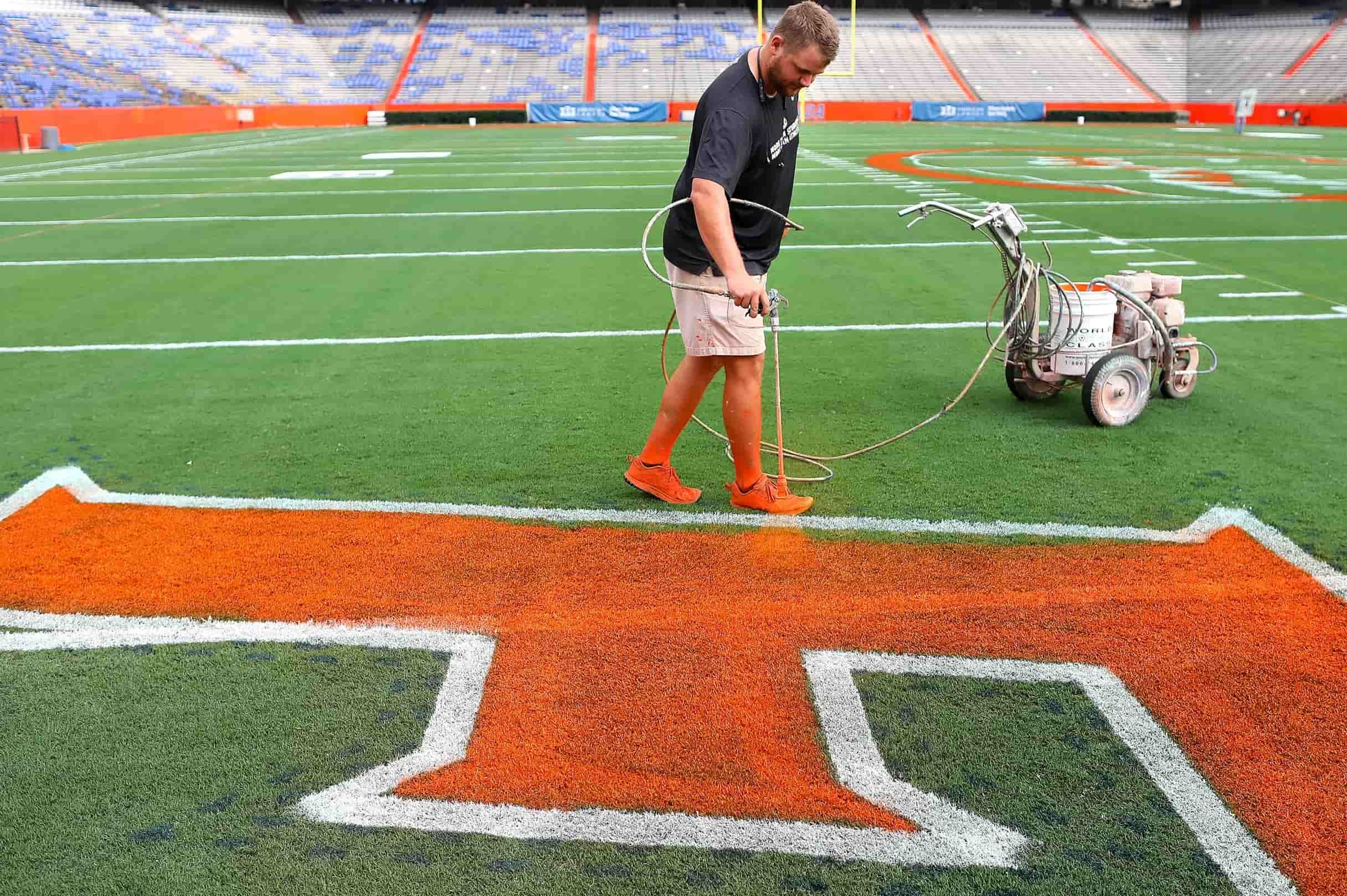
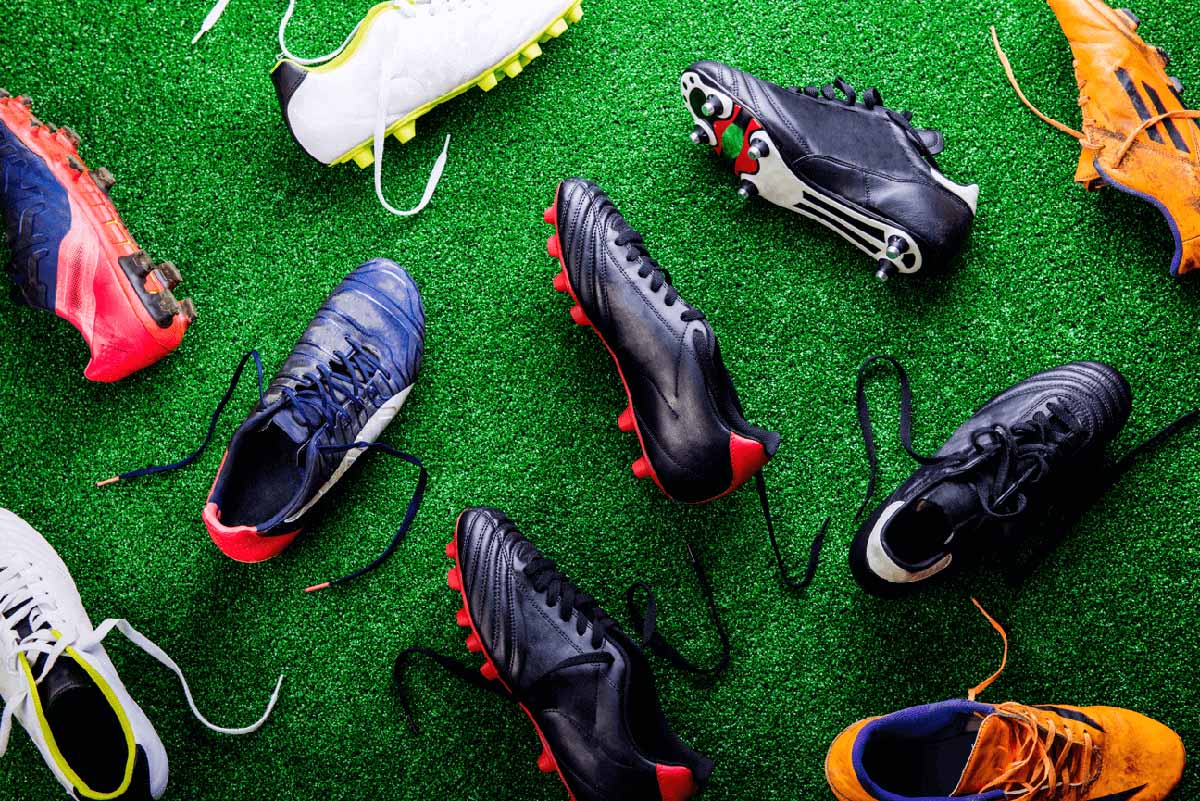
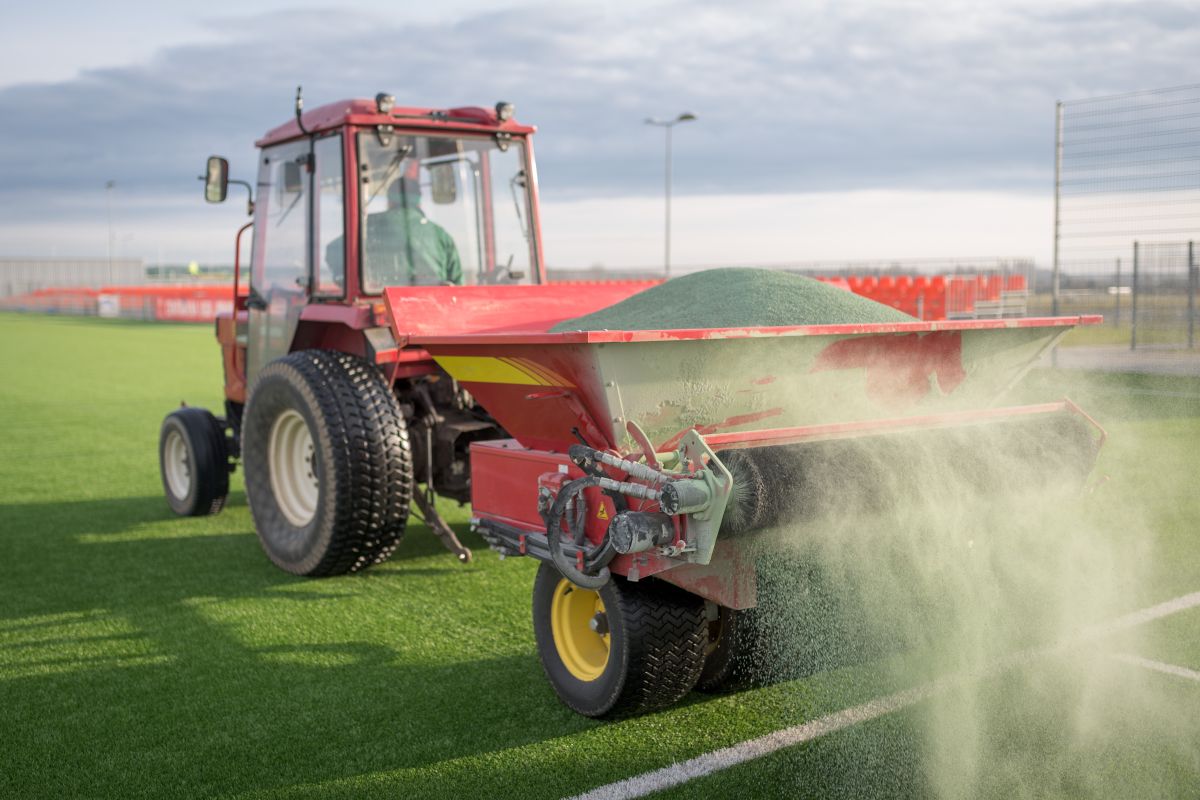
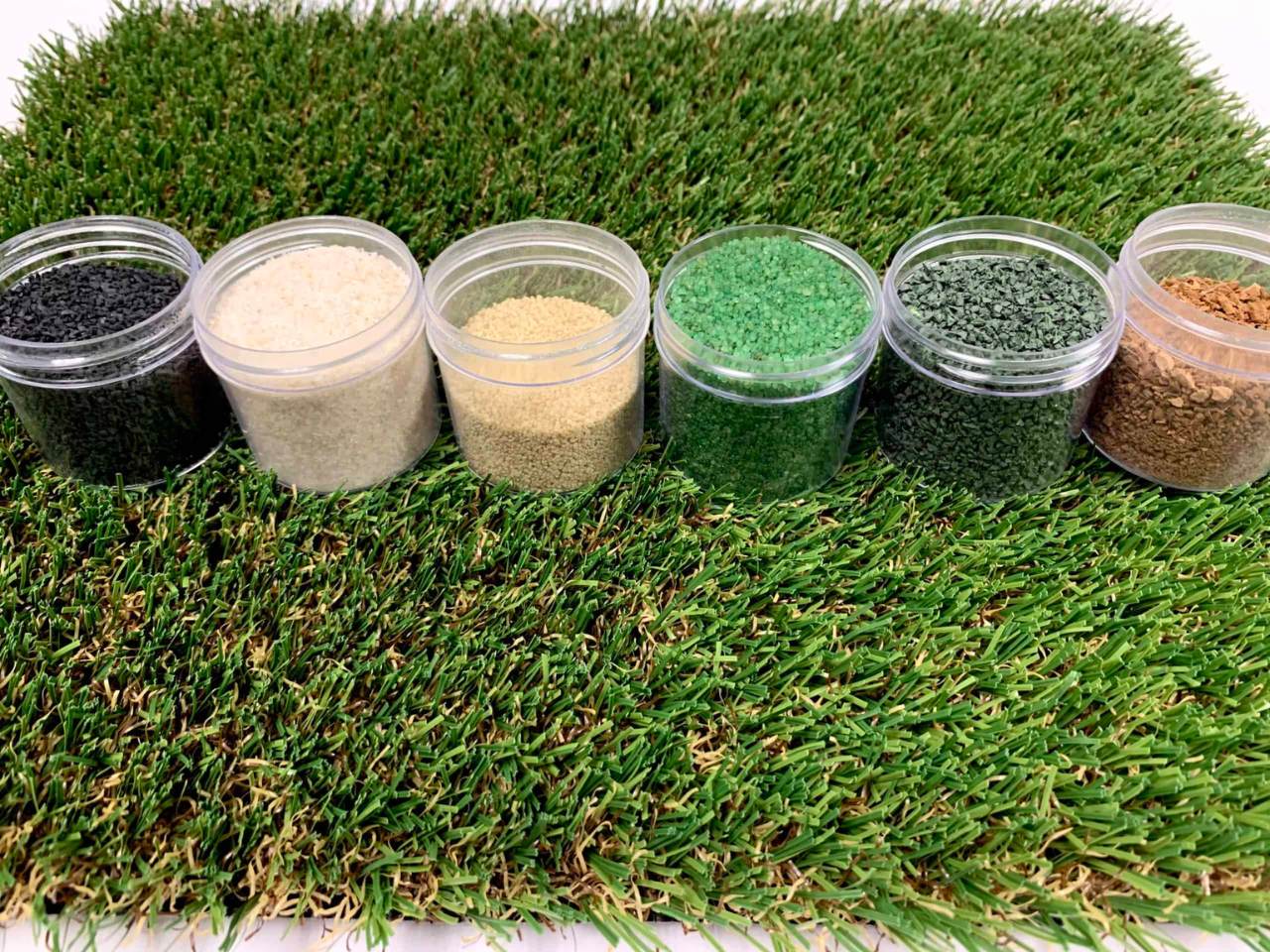
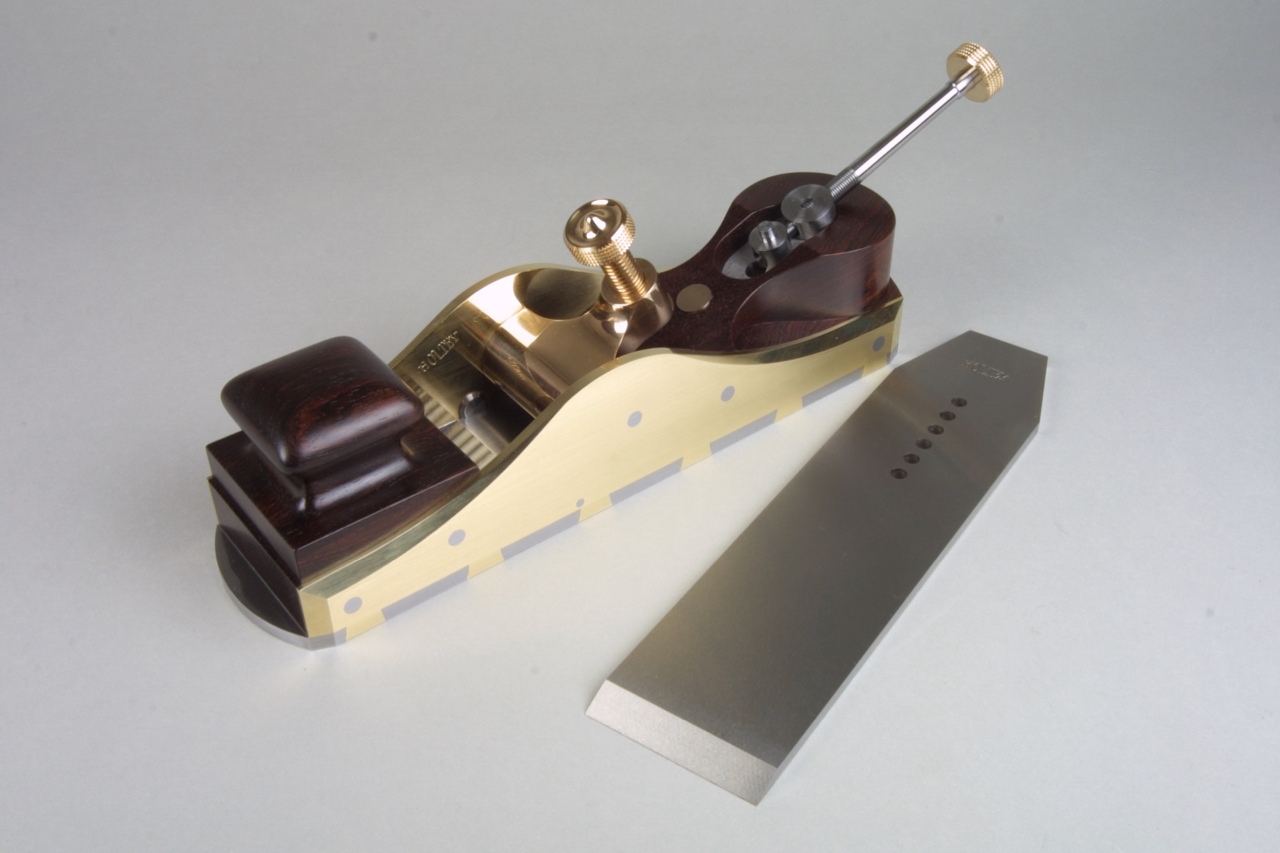

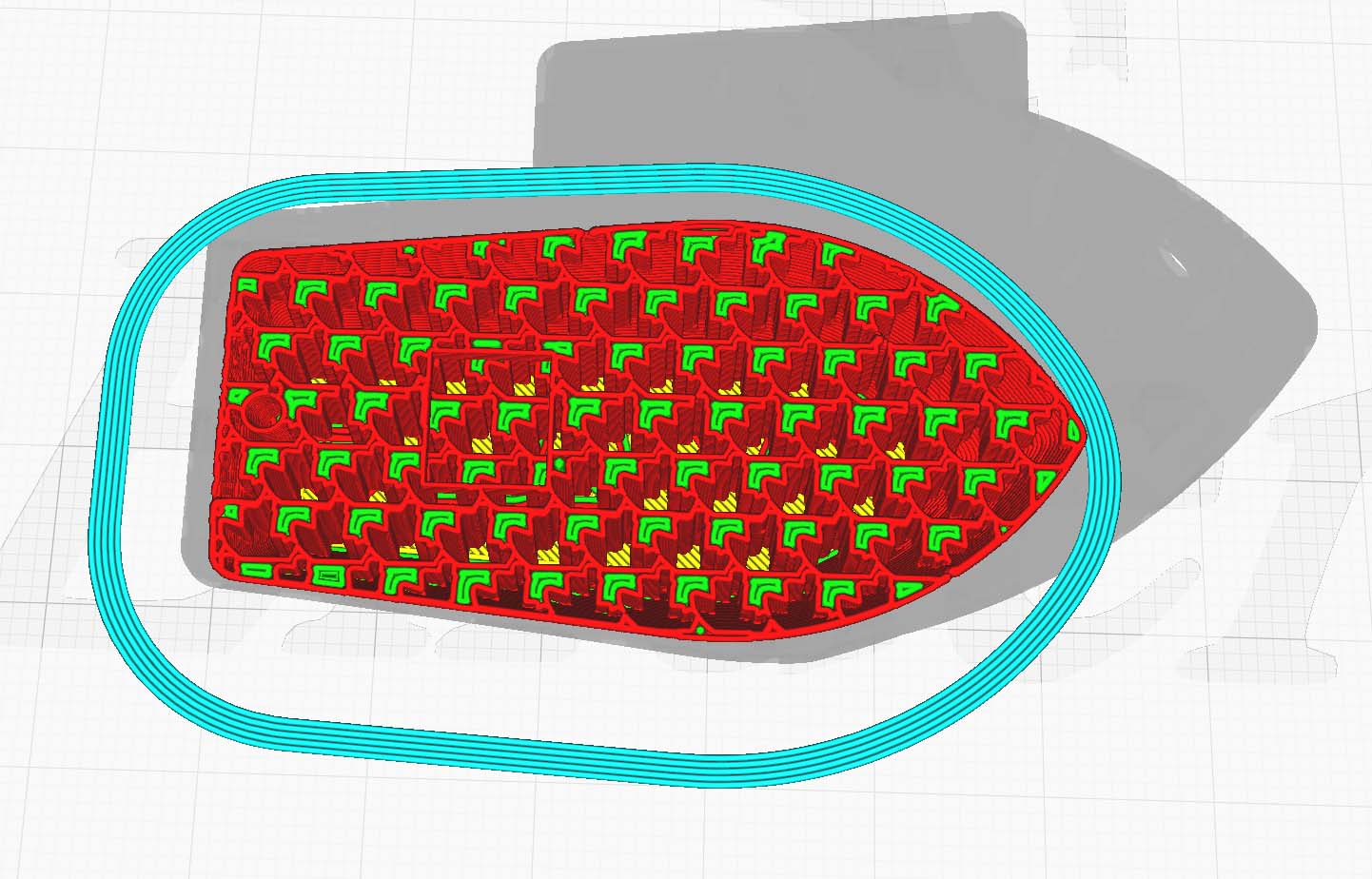
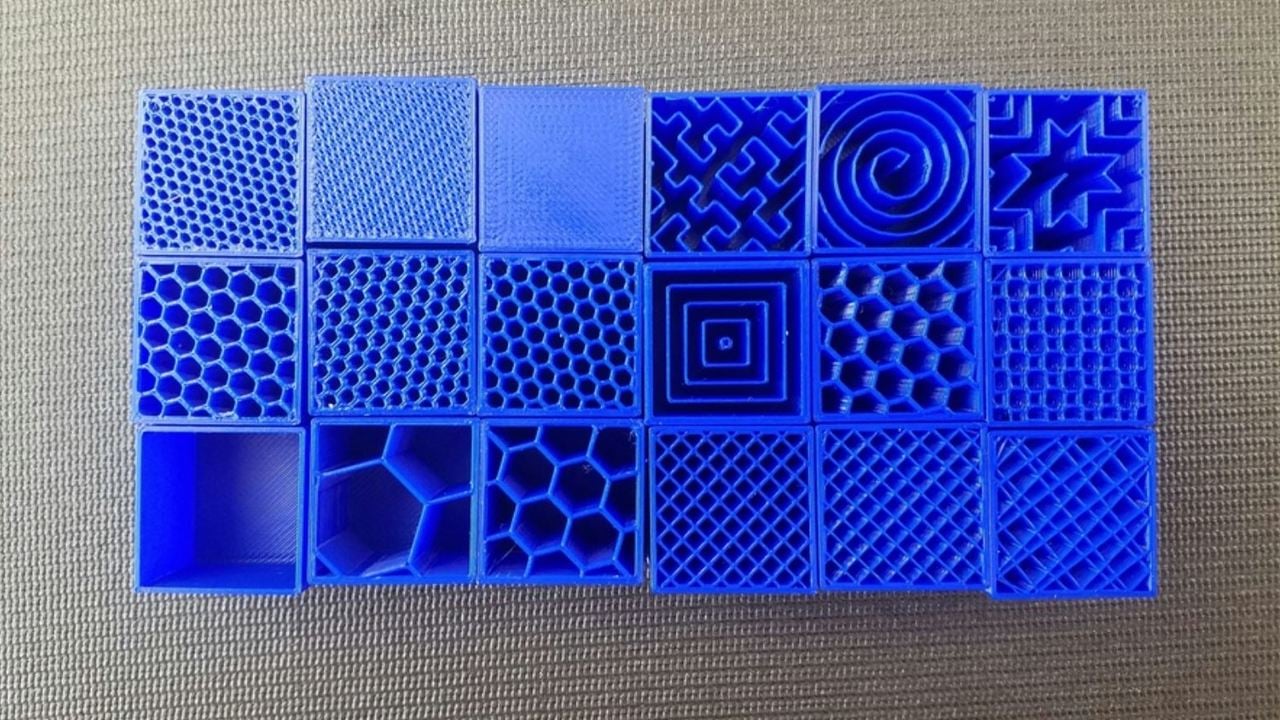
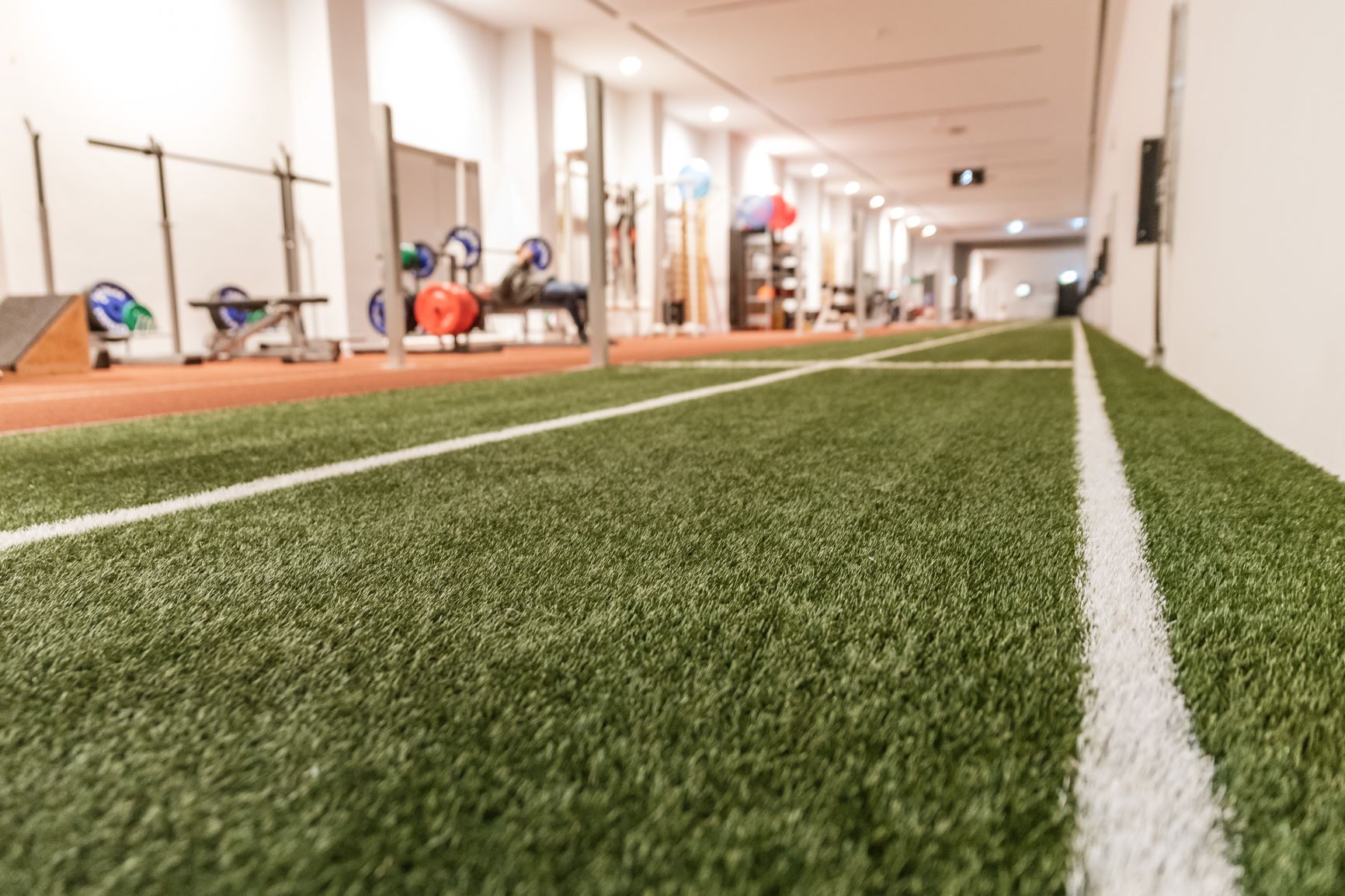

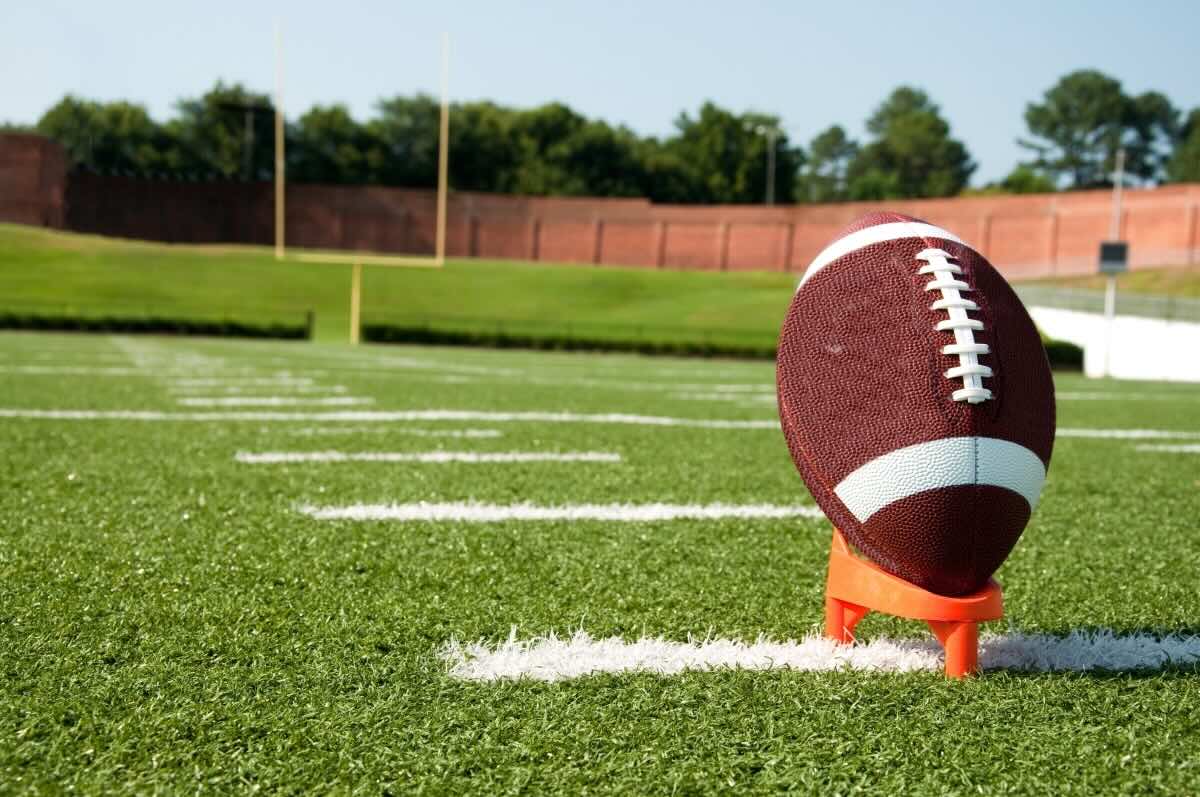
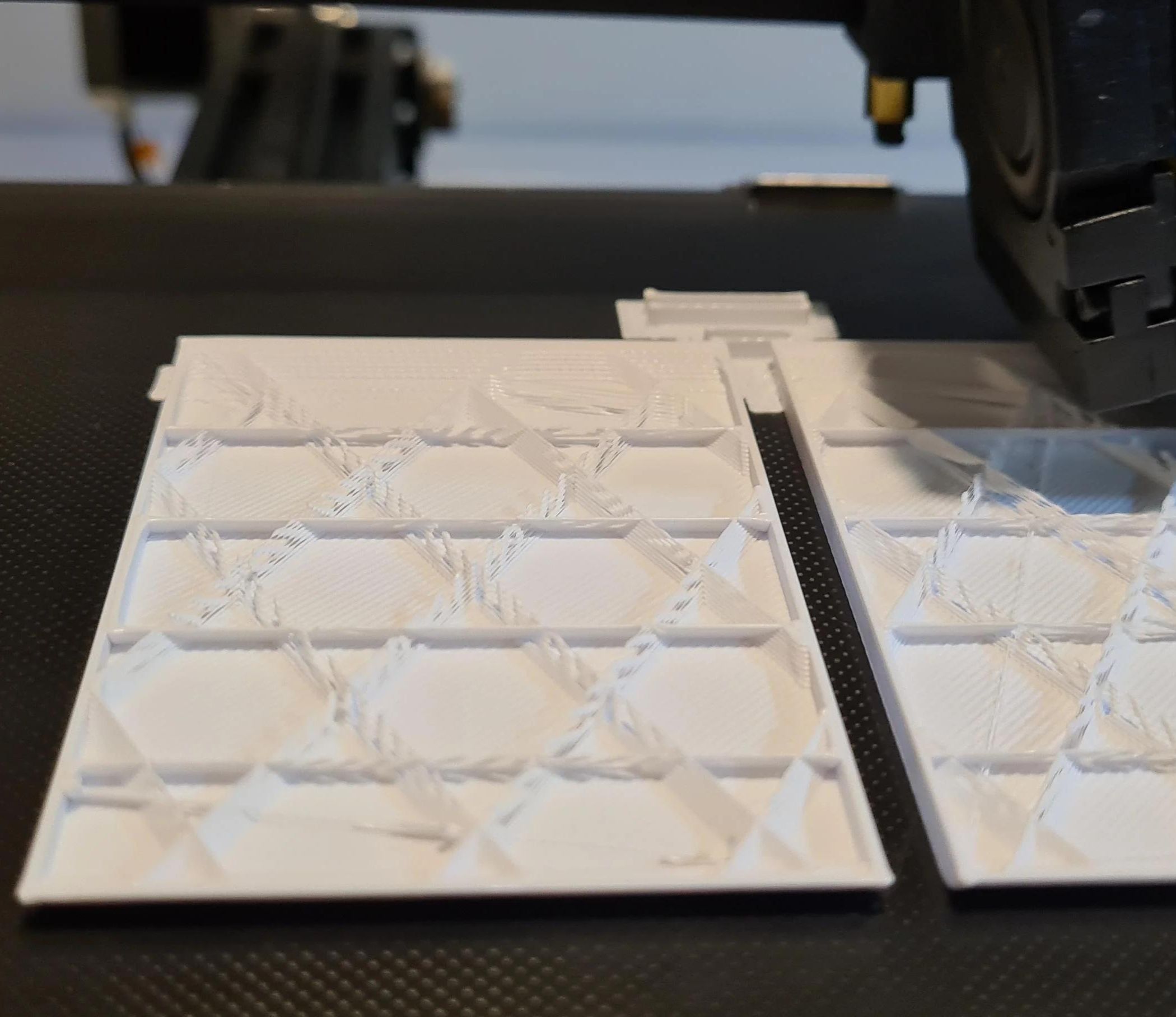

0 thoughts on “What Is The Infill Material Used In Artificial Turf Fields?”